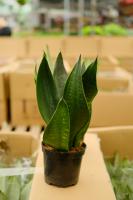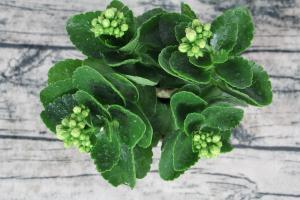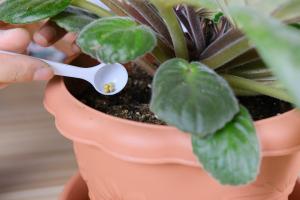Breeding method 1: sowing
In spring, we need to soak the seeds of Rosa bracteata hidden in sand in water for 30 minutes, and then sow them on the surface of the soil. The soil must be kept wet. Cover the sowing cover with a layer of film to ensure sufficient light, sprinkle water once every 3 to 4 days, and transplant after emergence. However, it is not recommended to adopt the method of sowing and cultivation. The survival rate of this method is relatively low. If some flower friends want to try it, they may as well

Breeding method 2: ramet
Separate the small branches from the mother plant, and then plant them in the soil, waiting patiently for the small branches to grow into new plants. This method of ramet propagation is relatively easy and has a high survival probability. It is recommended to you

Propagation method 3: cutting
Cutting is often used in the propagation of Rosa bracteata. Young branches should be used as cutting seedlings, which is easier to survive
It is best to choose the branches with strong growth for cuttings, which need to be treated carefully. It is best to cut immediately to improve the survival rate. We can also apply some plant ash on the cutting of cuttings, which can prevent decay. It's best to keep the temperature between 20 ℃ and 25 ℃ for cutting rose. Too high temperature is easy to cause decay at the incision, and too low temperature will affect the growth

Breeding method 4: layering
The layering seedling raising method of Rosa bracteata is to press the branches of the plant into the moist soil. When the branches produce roots, they will be separated from the mother plant and transplanted into the soil to form new plants. The layering method is also a method with high plant survival rate, and can maintain the appearance of the original large bud rose
Layering method and branching method are very suitable for flower friends without much experience. Sowing method and cutting method are slightly more difficult. If we can well control the temperature conditions, cutting propagation of Rosa bracteata can be carried out all year round. In addition to controlling the temperature, the cutting method should also pay attention to the humidity and circulation of the air. Having learned so much, we quickly took action to breed Shuo Bao rose

 how many times do yo...
how many times do yo... how many planted tre...
how many planted tre... how many pine trees ...
how many pine trees ... how many pecan trees...
how many pecan trees... how many plants comp...
how many plants comp... how many plants can ...
how many plants can ... how many plants and ...
how many plants and ... how many pepper plan...
how many pepper plan...
































